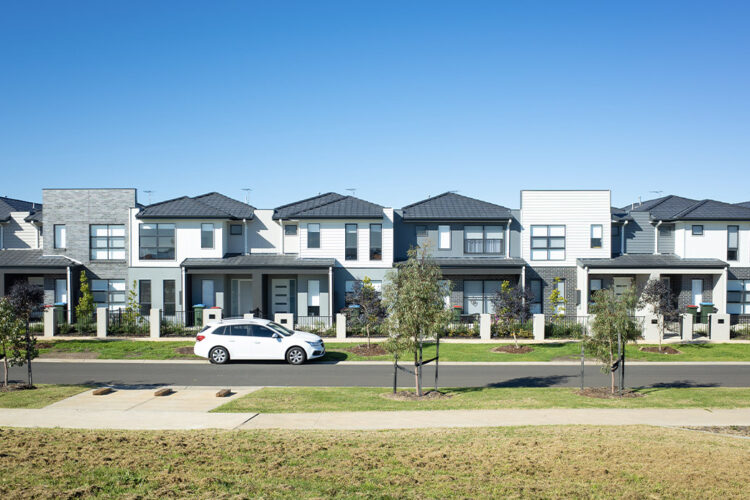Just one Aussie region maintained its market resilience over the last month.
Regional South Australia remained the only area across the country to remain resilient to value declines, according to CoreLogic’s latest Home Value Index (HVI), as values in the region rose 0.1 per cent.
October marked the sixth consecutive month where the research body’s HVI reported a decline, with values falling a further 1.2 per cent nationally throughout the 10th month of the year.
The rate of decline was strongest in Brisbane, where values fell 2 per cent throughout the month, followed by Sydney (1.3 per cent). On the flip side, Perth (0.2 per cent) and Adelaide (0.3 per cent) registered the slimmest rate of decline.
Among the rest of the capital cities, values declined 1.1 per cent in Hobart, 1 per cent in Canberra, and 0.8 per cent in Darwin and Melbourne.
More broadly, regional NSW was the worst hit rest-of-state area, with values dropping 1.7 per cent during October, as opposed to regional South Australia, where prices rose by 0.1 per cent.
Regional Victoria recorded value decreases of 1.4 per cent in October, followed by regional Queensland’s 1.3 per cent, regional Tasmania’s 0.7 per cent and regional Western Australia’s 0.1 per cent.
As he did last month, CoreLogic research director Tim Lawless explained that it was still too early to decipher whether the worst of the decline phase had passed.
“To date, the housing downturn has remained orderly, at least in the context of the significant upswing in values. This is supported by a below-average flow of new listings that is keeping overall inventory levels contained,” he said.
According to the HVI, the rate of decline has diversified across the country. In Sydney and Melbourne, it has slowed across the past two months and three months, respectively, whereas in Brisbane, its momentum has increased.
Additional conditions that are ensuring the downswing is “orderly” include Australia’s “right labour market conditions, an accrual of borrower savings and a larger than normal cohort of fixed interest rate borrowers, who have been insulated from the rapid rise in interest rates”.
Despite half a year of steady declines, housing values across the country remain firmly above pre-COVID levels. National price falls of 6.5 per cent are yet to undo the 25.5 per cent price increases recorded during the pandemic, meaning prices would need to fall by at least a further 20 per cent in order to return to their March 2020 levels.
Furthermore, the pace of decline in units was much slower than houses, with CoreLogic finding that unit values across the combined capital cities fell just 0.7 per cent in October as opposed to the 0.7 per cent among houses.
However, it is important to note that the peak of home value growth experienced over the last two years (29.9 per cent) doubled that of units (13.2 per cent).
On a different note, the flow of new listings flooding Australia’s markets trended higher across October as the spring selling season ramped up. However, this volume remains below both the levels recorded this time last year and the five-year rolling average.
“Although we are now seeing a late spring response to freshly advertised supply, every capital city except Darwin is recording a lower-than-average flow of new listings added to the market over the past four weeks,” Mr Lawless said.
He concluded that “the low number of freshly advertised properties is helping to contain price falls to some extent”.


